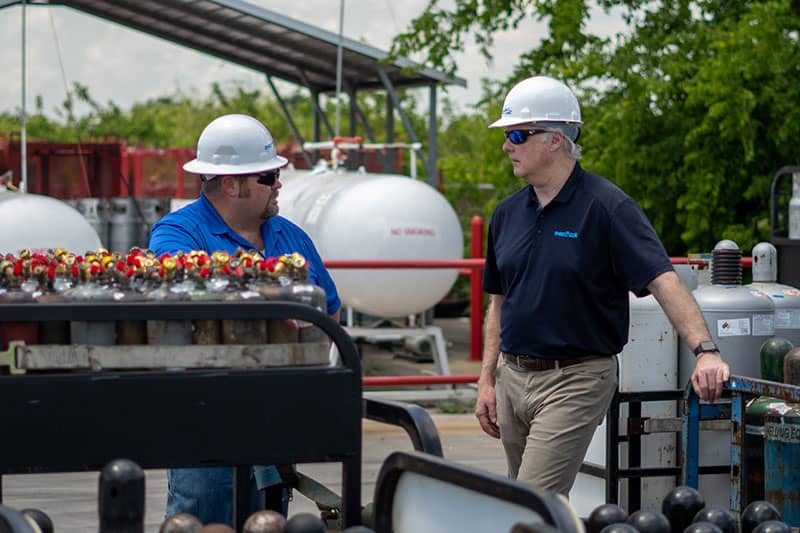How nexAir’s Welding Gases Improve Weld Quality for Fabricators of All Sizes
Bad welds cost money. Sometimes it’s obvious—porosity that shows up during inspection, cracks that appear during stress testing, or distortion that makes parts unusable. Other times the problems hide until a customer returns a failed component or an inspector flags issues during a site visit. Either way, you’re dealing with rework, scrap, and damage to your reputation.
The shielding gas you use plays a bigger role in weld quality than most fabricators realize. It’s easy to think all welding gas is basically the same, but the purity levels, gas mixtures, and handling practices make a real difference in what comes out of your torch.
Why Gas Purity Actually Matters
When contaminants get into your shielding gas, they show up as defects in your welds. Moisture leads to hydrogen cracking in high-strength steels, oxygen causes porosity and surface oxidation, and nitrogen makes joints brittle. The real problem is that these issues don’t always appear during initial inspection. A weld can look perfectly fine until it’s under load or stress, which means you might not discover the failure until a customer does.
We control purity throughout our entire supply process, from cylinder preparation through delivery to your shop. Each cylinder gets properly cleaned and purged before filling, and our handling procedures prevent contamination during transport and storage. The gas you receive maintains consistent quality across every order because we don’t cut corners on the steps that matter.
Matching Gas Blends to Your Applications
The gas mixture that works perfectly for one welding application can create problems in another. Straight argon delivers excellent results when TIG welding aluminum, but switch to MIG welding thick steel with the same gas and you’ll struggle with poor penetration and an unstable arc. Adding carbon dioxide to the mix improves puddle control and gives you better penetration on carbon steel, though the percentage matters because too much CO2 leads to excessive spatter and oxidation on the surface.
Flow rates deserve just as much attention as the gas composition itself. Set the flow too low and you’re leaving parts of the weld pool exposed to atmospheric contamination that creates porosity and oxidation. Crank it too high and you generate turbulence that actually draws air into the shielding envelope instead of keeping it out. Our team can review your equipment and welding setup to find the flow rates that protect your welds effectively without burning through gas unnecessarily.
Getting Better Results Starting Today
Quality welding gas doesn’t fix every problem, but it eliminates variables that create inconsistent results. When you know your shielding gas is clean and properly mixed, you can focus on technique, equipment settings, and joint preparation instead of wondering if contaminated gas is causing mystery defects.
Our team brings practical experience with different fabrication processes and materials. That hands-on understanding and expert KnowHow™ means we can recommend solutions based on what actually works in real shops, not just what looks good in technical specifications.
Better welds mean less rework, happier customers, and more profitable jobs. If you’re ready to see how the right welding gases can help you Forge Forward with higher quality and fewer headaches, reach out to discuss your specific applications. We’ll make sure you have what you need to produce solid welds consistently.
Looking out for your future
Get your career going on the right track with nexAir
Find out how nexAir KnowHow has impacted businesses all over the Southeast
Our expertise makes us more than a valuable partner, it makes us headlines
Don't see what you're looking for?
Everything we offer is a click away and it will arrive before you know it.


